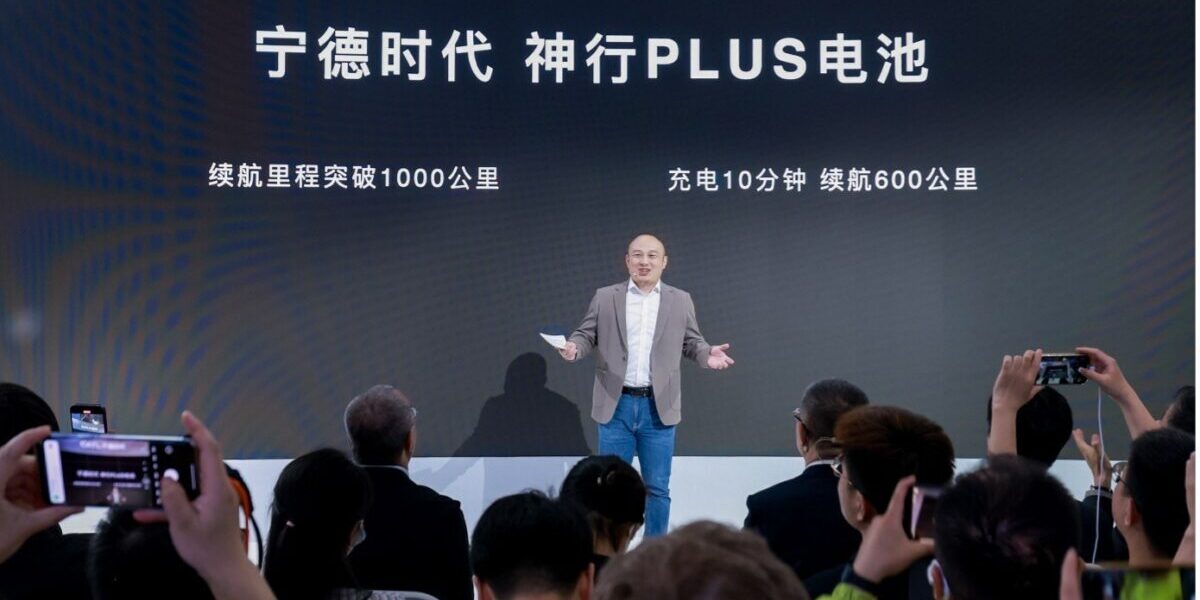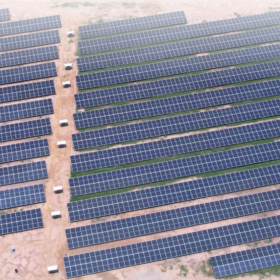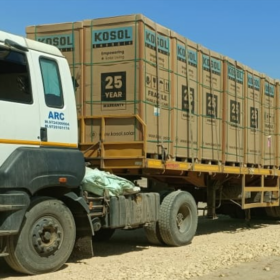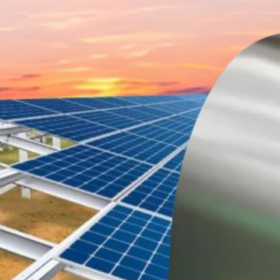Chinese battery manufacturer CATL presented its new Shenxing Plus LFP battery at the ongoing Auto China 2024 trade fair in Beijing.
The energy density is also higher due to the improved battery architecture. The battery housing, which consists of a single block, is adapted to the structure of the cells. This enabled CATL engineers to accommodate more storage capacity in the volume of the case.
CATL said the gravimetric energy density of the new product is 205 Wh per kg. By comparison, current LFP batteries achieve around 190 Wh per kg.
The Shenxing Plus can be loaded with a high C-rate of four. Charging at a C-rate of four would fully charge a 90 kWh battery in 15 minutes. This would require a charging capacity of 360 kW. The amount of energy required for a 4C charging process depends on the capacity of the battery. For example, a 100 kWh battery would require 400 kW of charging power.
CATL leaves the exact capacity of the battery undisclosed in its product presentation. However, the manufacturer said that it should be possible to charge the energy that would be necessary for a journey of 600 km within 10 minutes. This means that 1 km of range would be charged into the battery every second. A full charge for a range of 1,000 km can be purportedly achieved in 16.6 minutes.
The manufacturer used a number of technologies to make this possible, such as anodes and cathodes covered with different coatings for higher conductivity. The internal battery management system also uses artificial intelligence to predict the impact of high-current charging at the cell level.
This content is protected by copyright and may not be reused. If you want to cooperate with us and would like to reuse some of our content, please contact: editors@pv-magazine.com.









By submitting this form you agree to pv magazine using your data for the purposes of publishing your comment.
Your personal data will only be disclosed or otherwise transmitted to third parties for the purposes of spam filtering or if this is necessary for technical maintenance of the website. Any other transfer to third parties will not take place unless this is justified on the basis of applicable data protection regulations or if pv magazine is legally obliged to do so.
You may revoke this consent at any time with effect for the future, in which case your personal data will be deleted immediately. Otherwise, your data will be deleted if pv magazine has processed your request or the purpose of data storage is fulfilled.
Further information on data privacy can be found in our Data Protection Policy.